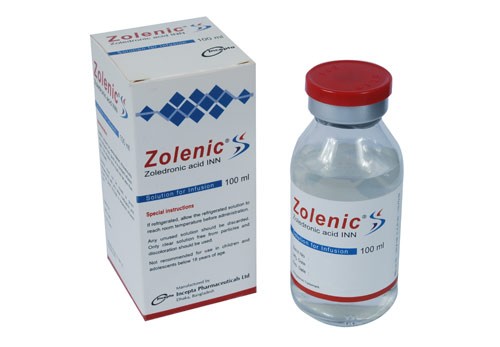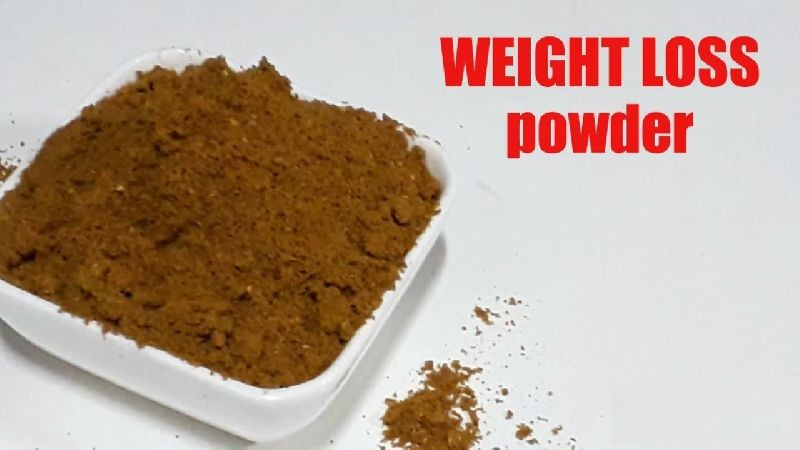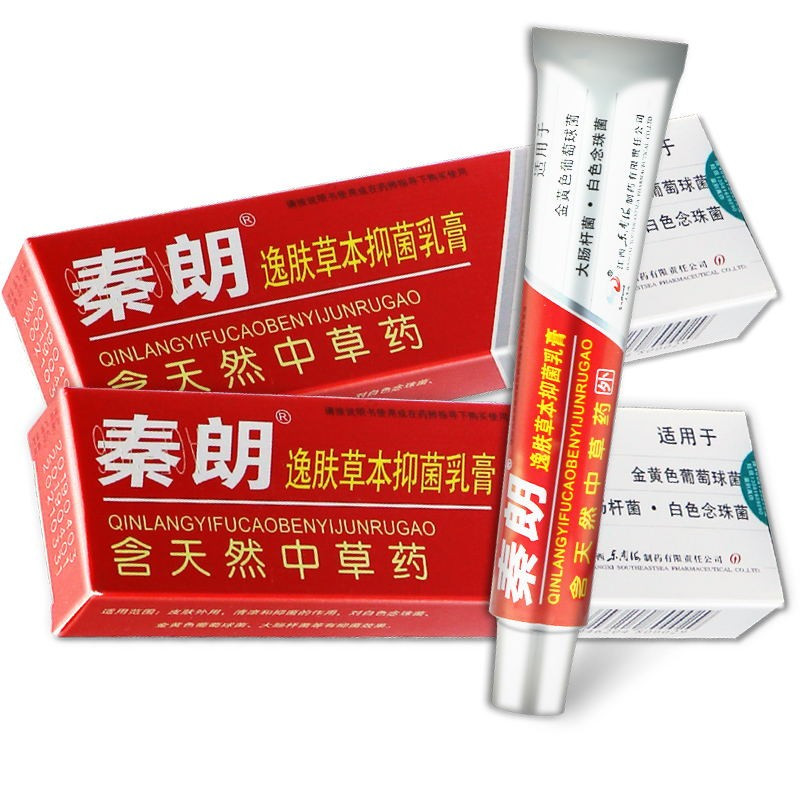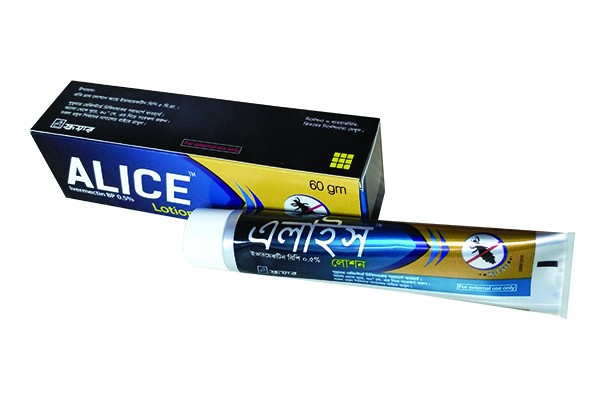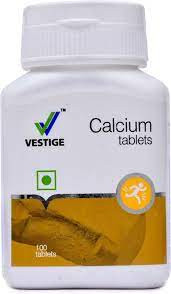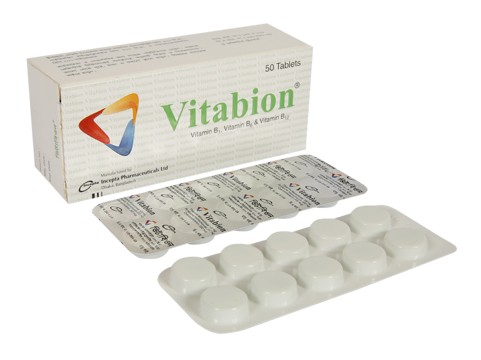DESCRIPTION
Presentation
Zolenic solution for infusion: One bottle with 100 ml solution contains Zoledronic acid INN 5 mg.
Description
Zoledronic acid belongs to the class of nitrogen-containing bisphosphonates and acts primarily on bone. It is an inhibitor of osteoclast-mediated bone resorption. The action of bisphosphonates on bone is based on their high affinity for mineralized bone. Intravenously administered Zoledronic acid is rapidly distributed to bone. The main molecular target of Zoledronic acid in the osteoclast is the enzyme farnesyl pyrophosphate synthase, but this does not exclude other mechanisms. There was no accumulation of the active substance in plasma after multiple doses given every 28 days. Zoledronic acid is not metabolized and is excreted unchanged via the kidney.
Indications
Zolenic is indicated for the treatment of osteoporosis in postmenopausal women to reduce the incidence of hip, vertebral and non-vertebral fractures; prevention of clinical fractures after a hip fracture; treatment and prevention of glucocorticoid-induced osteoporosis; treatment of osteoporosis in men and for the treatment of paget’s disease of bone. Treatment should be restricted to three annual doses.
Dosage & Administration
Treatment of postmenopausal osteoporosis
Recommended dose is a single intravenous infusion of 5 mg Zolenic administered once a year. Adequate supplemental Calcium and Vitamin-D intake is important in women with osteoporosis if dietary intake is inadequate.
Prevention of clinical fractures after a hip fracture
Recommended dose is a single intravenous infusion of 5 mg Zolenic administered once a year. In patients with a recent low-trauma hip fracture, it is recommended to give the first Zolenic solution for infusion two or more weeks after hip fracture repairs. It is also recommended to have a loading dose of 50,000 to 125,000 IU of Vitamin-D given orally or via intramuscular route prior to the first administration of Zolenic solution for infusion. Supplemental Calcium and Vitamin-D intake is recommended for patients treated to prevent clinical fractures after a hip fracture.
Treatment of osteoporosis in men
Recommended dose is a single intravenous infusion of 5 mg Zolenic administered once a year. Adequate supplemental Calcium and Vitamin-D intake is important in men with osteoporosis if dietary intake is inadequate.
Treatment and prevention of glucocorticoid-induced osteoporosis
Recommended dose is a single intravenous infusion of 5 mg Zolenic administered once a year. Adequate supplemental Calcium and Vitamin-D intake is important in patients with osteoporosis if dietary intake is inadequate.
Treatment of paget’s disease of bone
Recommended dose is a single intravenous infusion of 5 mg Zolenic. Re-treatment with Zolenic may be considered in patients who have relapsed, based on increases in serum alkaline phosphatase, in patients who failed to achieve normalization of serum alkaline phosphatase, or in patients with symptoms, as dictated by medical practice 12 months after the initial dose.
In patients with paget’s disease, adequate Vitamin-D intake is recommended in association with Zolenic administration. In addition, it is strongly advised that adequate supplemental Calcium corresponding to at least 500 mg elemental Calcium twice daily is ensured in patients with paget’s disease for at least 10 days following Zolenic administration.
Zolenic should be administered intravenously via a infusion line, given at a constant infusion rate. The infusion time must not be less than 15 minutes.
Patients with renal impairment
The use of Zolenic in patients with creatinine clearance <35 mL/min is not recommended due to limited clinical safety data in such patients. No dose adjustment is necessary in patients with creatinine clearance >35 mL/min.
Patients with hepatic impairment
No dose adjustment is required for patients with hepatic impairment.
Elderly patients
No dose adjustment is required. However, because decreased renal function occurs more commonly in the elderly, special care should be taken to monitor renal function.
Zolenic must not be mixed or given intravenously with any other medication and must be given through a separate infusion line at a constant infusion rate. If refrigerated, allow the refrigerated solution to reach room temperature before administration. Aseptic techniques must be followed during the preparation of the infusion. Any unused solution should be discarded. Only clear solution free from particles and discoloration should be used.
After opening, the solution is chemically and physically stable for at least 24 hours at 2°C to 8°C. From a microbiological point of view, the product should be used immediately. Zolenic solution for infusion must not be allowed to come into contact with any Calcium or other divalent cation-containing solutions.
The dose of 5 mg Zoledronic acid must be administered over at least 15 minutes.
Side Effects
The post-dose side-effects are fever, myalgia, flu-like symptoms, arthralgia and headache, the majority of which occur within the first 3 days following Zolenic administration. The majority of these symptoms were mild to moderate in nature and resolved within 3 days of the event onset. The incidence of these symptoms occurring within the first 3 days after administration of Zolenic, can be reduced with the administration of Paracetamol or Ibuprofen shortly following Zolenic administration. Severe and occasionally incapacitating bone, joint, and/or muscle pain have been infrequently reported in patients taking Zolenic.
Precautions
Patients must be appropriately hydrated prior to administration of Zolenic. This is especially important in the elderly and for patients receiving diuretic therapy. Adequate hydration can be achieved by the patient drinking two glasses of fluid (such as water) before and after the infusion. Pre-existing hypocalcaemia must be treated by adequate intake of Calcium and Vitamin-D before initiating therapy with Zolenic. Other disturbances of mineral metabolism must also be effectively treated (e.g. diminished parathyroid reserve, thyroid surgery, parathyroid surgery, intestinal Calcium malabsorption). Physicians should consider clinical monitoring for these patients.
Use in Pregnancy & Lactation
Zolenic is contraindicated during pregnancy and in breast-feeding women. It is also not recommended for use in children and adolescents below 18 years of age.
Drug Interaction
Specific drug-drug interaction studies have not been conducted with Zoledronic acid. Zoledronic acid is eliminated by renal excretion. Caution is indicated when Zolenic is administered in conjunction with drugs that can significantly impact renal function (e.g. aminoglycosides or diuretics that may cause dehydration).
Over Dose
Clinical experience with acute over dosage is limited. Patients who have received doses higher than those recommended should be carefully monitored. In the event of overdose leading to clinically significant hypocalcaemia, reversal may be achieved with supplemental oral Calcium and/or an infusion of Calcium.
Storage
Store below 30°C prior to opening. Protect from moisture and light. Zolenic must be kept out of the reach and sight of children.
Commercial Pack
Zolenic solution for infusion: Each pack contains a single 100 ml glass bottle containing Zoledronic acid INN 5 mg.
